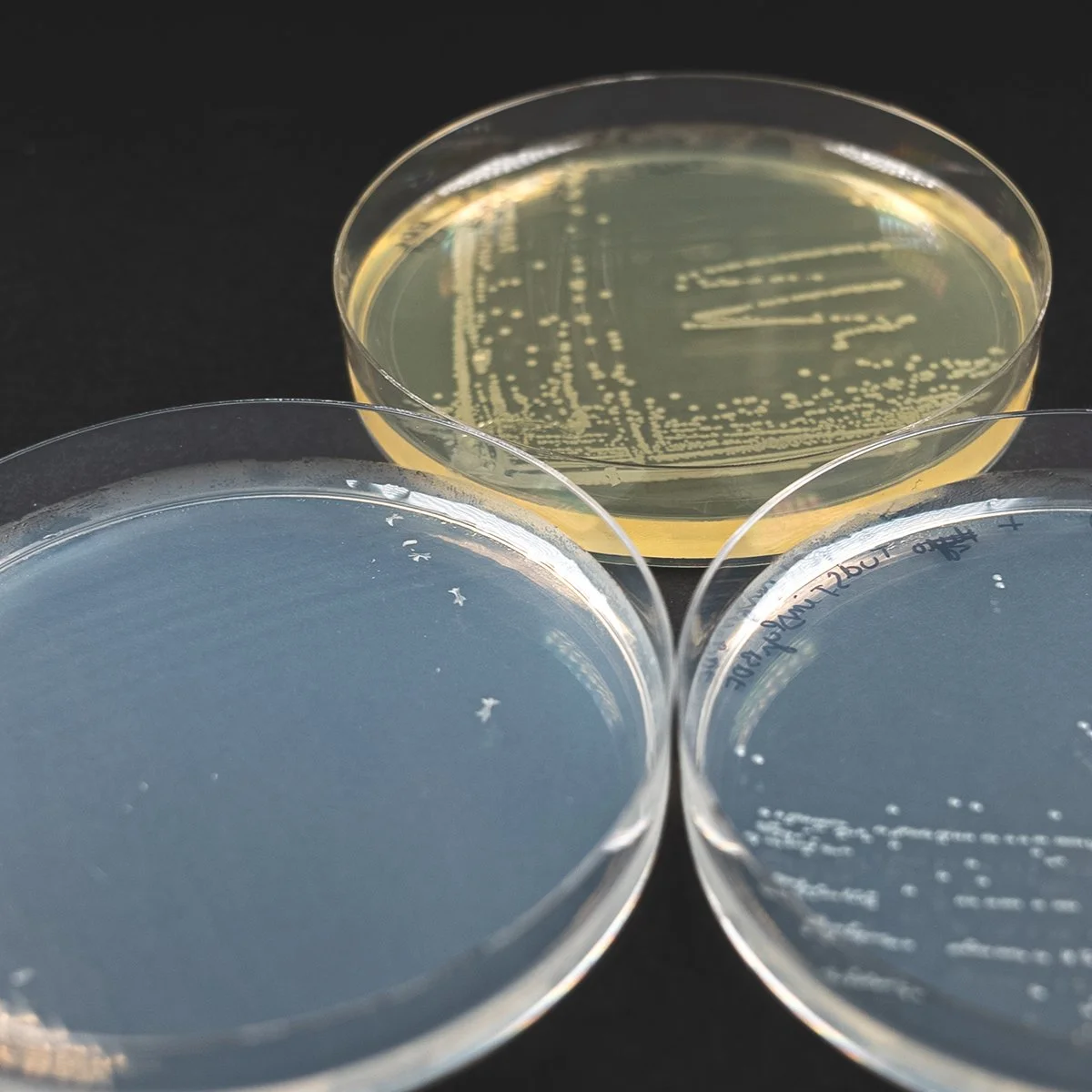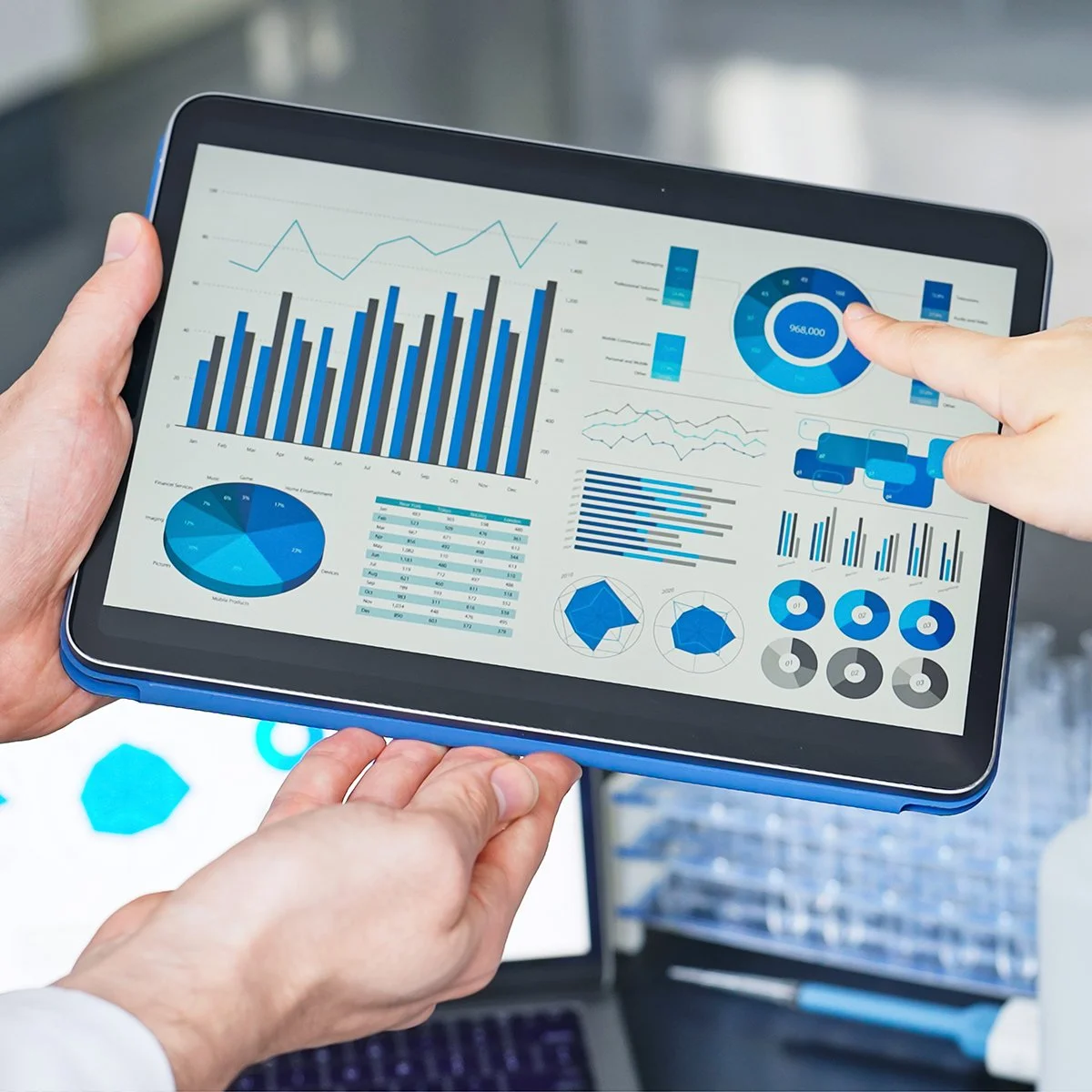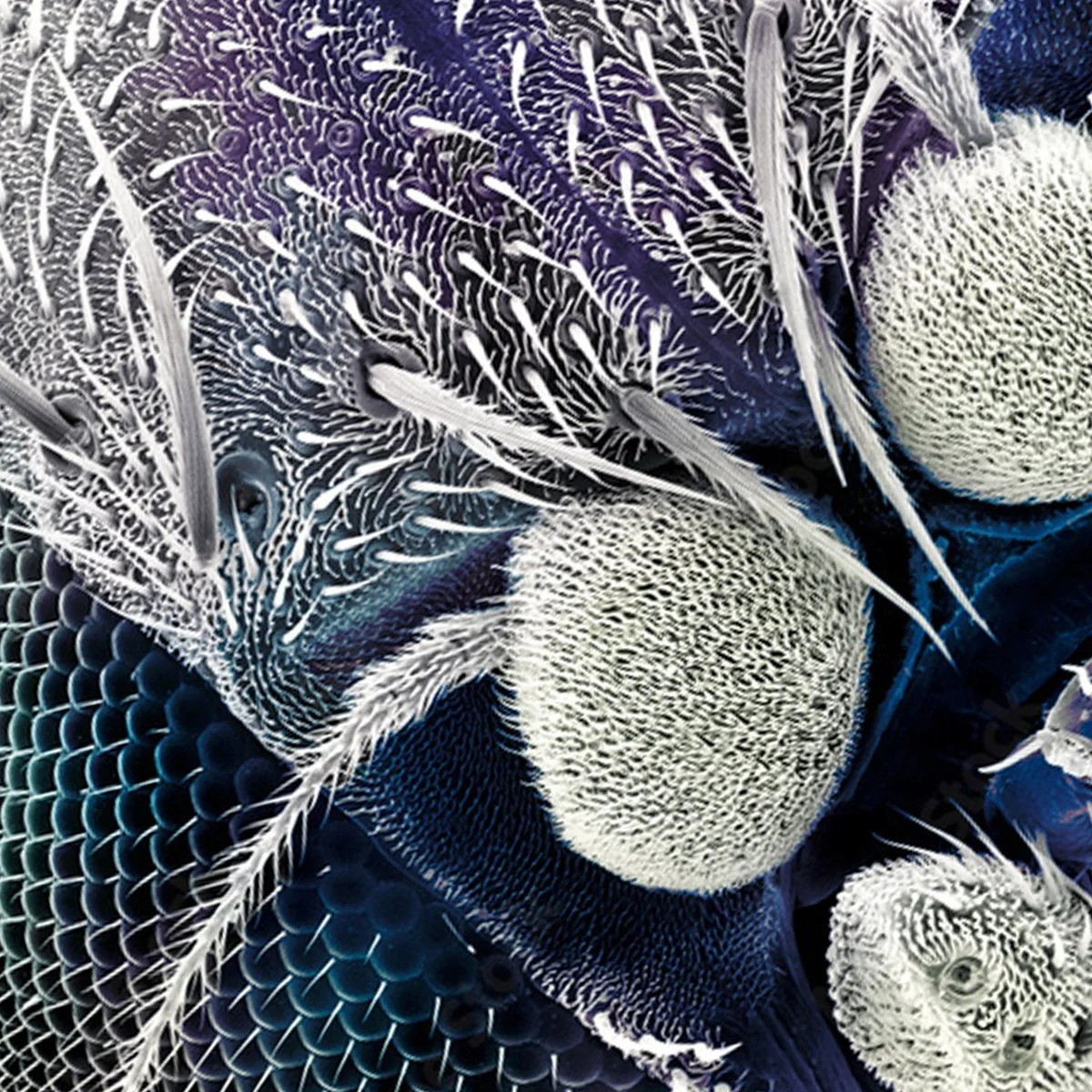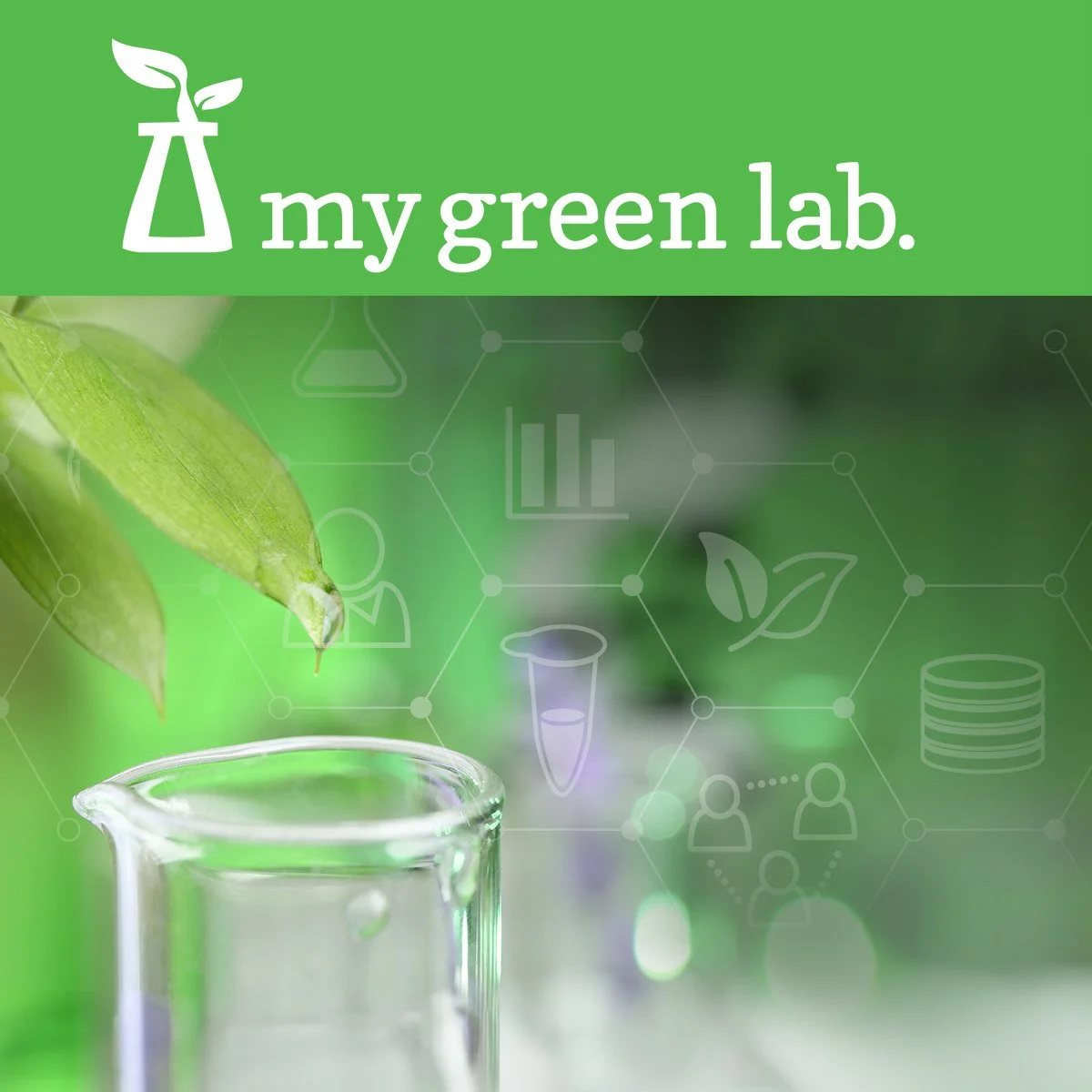Learn why your university should run a green labs fair, and how to do it successfully, in this interview with University of California San Diego Sr. Social Responsibility Program Manager, Mark Ortiz.
What is the goal of the UC San Diego Green Lab Fair?
Even though the awareness of green labs at UC San Diego is strong, there is always room for improvement. We need to stay on top of it, because the university has a constant turnover of post docs and grad students. The Green Labs Fair was developed to as an annual reminder to people. It's a way to say, “Hey, here are the resources that you have available!” Here are the key agreement suppliers, here are the products and services that they have to help you become more sustainable in your lab.
How is the UC San Diego Green Lab Fair presented?
We invite a group of laboratory vendors that carry sustainable lab supplies. We change the vendors ~1/10 the cost of a typical vendor fair. It's just enough to cover the costs of running the fair. Fair attendees who collect a stamp from every supplier get a free lunch from the food trucks that we invite to the fair.
Why should scientists attend a green lab fair?
Supplier incentives alone make it worthwhile. Most of the products are the latest and greatest. It's typically new technology that is displayed. If you want a sneak peek at some new equipment, this is the fair you would want to go to to see it.
What is the sustainability culture like for UC San Diego labs?
There is a lot of interest in and acclamation for green labs at UC San Diego. There is a robust Green Labs Certification Program with over 40 certified labs. Participating labs start by completing a survey on lab practices and equipment. Later these labs are visited to get an overview on green labs practices, and specific recommendations on how they can improve their lab. The labs earn a green labs score, noted on a displayable plaque. The certified green labs are also called up on the stage for recognition at the annual University Sustainability event that is attended by all of campus leadership.
Constant communication keeps up our momentum and informs our scientists of opportunities. We have a monthly green labs meeting that brings together representatives from our sustainability group, facilities management, EH&S and procurement. Principal investigators are key to these meetings. The P.I.s are important because they give us feedback on what goals are realistic. The scientists also provide really good insights on how they work, and how they receive communications. They know about additional resources and communication channels that we wouldn't know about, as staff. For example, they tell us that we might try to get five minutes at an upcoming faculty meeting.
Do you prioritize any one area of sustainability?
With such a diverse group at the table, we can target multiple areas of sustainability at once. The first program we looked at was ethidium bromide reduction, which is still ongoing. We run campaigns where suppliers offer free samples of the alternatives. EH&S targeted water usage with aerators for lab sinks. We purchased thousands of aerators and went from lab to lab installing them. Some of these faucets were flowing at 5 gallons per min. The aerator reduces that to 0.5 gallons per minute. Which works great as long as you're not trying to fill up mop buckets. It's all you really need to wash something. This effort saved thousands of gallons of water. Another project example would be a water free alternative to single pass cooling. We provide a product called a Findinser for free to any lab that wants one. For energy reduction, facilities management manages freezer rebate programs and very popular LED lighting retrofits. The Sustainability group handles the lab certifications. Procurement promotes surplus lab equipment and chemicals, more recently. We cover all kinds of projects at once by pooling our resources and collaborating when needed. It's just grown and grown.
Tying Sustainable Lab Practices to Dollars Saved
Are scientists turned off before they look, because they expect "green" means higher prices?
We find ways to tie sustainable lab practices to dollars saved. There are a few researchers that are skeptical of newer, more sustainable technologies in general. It can be tricky to for scientists to be aware of the high energy used by let's say a row of 1980s freezers. At UCSD, departments pay for the bundled costs associated with operations. Individual labs don't see the killowatts they use. When it comes to pricing on sustainable options, we help the P.I. save money on green lab products.
Take an example like ULT freezers. An energy efficient model can be more expensive than standard ULTs. In procurement, we always negotiate upfront to bring down these prices. Some campuses then take it a step further with rebate programs for their researchers. Right now for example, if any researcher were to buy a certified energy start ULT, they would get a $1600 rebate. Through the rebate program you get an energy star ULT freezer that uses half the energy, at a cost point lower than your standard ULT. It's a win win for everyone.
One of the best ways that we are able to tie sustainability to the principal investigators saving money is through supplier incentive programs. Labs that complete a green lab certification program are eligible for vendor discounts. This may be something like a one time 40% off quote on equipment or supplies. It's a great reward for labs that sign up!
Why does UC San Diego put this emphasis on environmentally preferable purchasing to its scientists? Is it due to the EPP policy of the University of California System?
The EPP policy has been in place for some time. It's part of it, to try to be compliant. What we have done with the green labs fair, no one instructed us to do. This was something our green labs group came up with on our own, realizing that there is a whole industry of environmentally preferable lab products that were being neglected, because no one was really being informed of them. We wanted to create a platform for the suppliers to highlight those products. A few years ago there were only a handful of products and programs available. Now suppliers are starting to catch on that our customers really want sustainable options. There are way more products to actually display now. The Green Lab Fair was started because we wanted to go that extra step. We wanted to provide our researchers with an opportunity to see these new, greener technologies. Beyond the environmental good being done, it's also in everyone's best interest to run university operations cost effectively.
Are you involved in the ACT label pilot by My Green Lab?
Yes, I just presented our ACT label pilot at a sustainability conference. I have been working with Alison Paradise, from My Green Lab. We have incorporated the ACT label into our UCSD e-commerce platform. This is essentially an internal Amazon. Almost anything you need you can search and it will pop up. The products shown have agreed pricing for UC San Diego. Unfortunately our e-commerce provider, Jaggaer, has not adopted the ACT label as a product attribute yet. When this happens users would be able to view the ACT label without leaving the platform. There are already other similar links that will bring you to the product page on the supplier's site, and to product images. If more universities ask for the ACT label, hopefully Jaggaer will add it. For now, I embedded an html code within a different attribute to display the ACT label on our account. We partnered directly with our campus stockrooms. Stockrooms carry lab reagents and supplies for pick up, or delivery. We treat them as an internal supplier on our eCommerce web site. The ACT label is included in the product descriptions for our stockrooms via the same code.
What would you recommend to other universities who want to start a green labs fair?
First it's key to to engage their procurement office. They have the relationship with suppliers and manage the contracts. Procurement calls all the companies, staying on top of their involvement. Definitely involve all of the key players at your university. Sustainability, Facility Management, EH&S and research. If EH&S is broken out into specific groups like lab safety, involve each and every group. Essentially, don't leave anyone out of the conversation, or it will not be successful.. Have a point person to head up the event plan. Give yourself 6 months to start. Once you have all the documentation and processes figured out it can require only 2 months. For us its a matter of turning on Eventbright and updating the dates and sending it out.
Labconscious would like to thank Mark Ortiz for this interview. Mark had a realization about the number of disposable plastics used in lab work, after visiting a friend working in cell culture. This led him to start the UC San Diego green labs program in a break room five years ago. When all of the key people came together in a green labs group to ask "What can we do?" the environmental and economic wins started piling up! Mark will soon be presenting successful Green Labs Fair strategies at the NIH.















